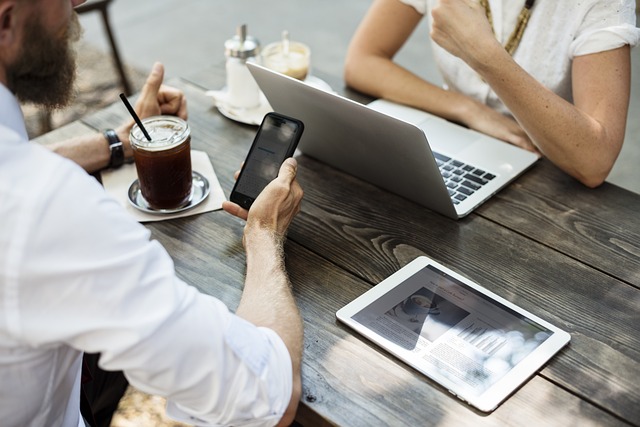Mastering Email Etiquette: Best Practices for Effective Communication
In today’s fast-paced digital world, where emails flood our inboxes every minute, mastering email etiquette is more important than ever. As a cornerstone of effective communication, good email etiquette not only reflects professionalism but also ensures clarity, respect, and promptness in your interactions. Whether you’re emailing a colleague, a client, or a friend, understanding and practicing these best practices can make your messages stand out for all the right reasons.
Why Email Etiquette Matters
Think about the last time you received a confusing or curt email—it probably left you feeling frustrated or unsure about the sender’s intentions. Email lacks the tone and immediate feedback of face-to-face conversations, which means the way we write messages carries more weight. Poor email etiquette can lead to misunderstandings, delayed responses, and even strained relationships. On the other hand, well-crafted emails show respect for the recipient’s time and foster clear, positive communication.
Best Practices for Effective Email Communication
1. Start with a Clear Subject Line
Your subject line is the first thing your recipient sees, so make it specific and descriptive. Avoid vague topics like “Hello” or “Question”. Instead, try something like “Request for Meeting on Friday” or “Feedback Needed on Project Proposal”. This helps the recipient prioritize and understand the purpose of your email instantly.
2. Use a Professional Greeting
How you address someone sets the tone for your message. Traditional greetings like “Dear [Name]” or “Hello [Name],” work well in most professional settings. Avoid overly casual openers like “Hey” unless you have an established informal relationship.
3. Be Concise but Complete
People appreciate emails that get straight to the point without sacrificing important details. Use short paragraphs and bullet points to improve readability. Remember, the goal is clarity—make it easy for the recipient to understand what you want and any required actions.
4. Mind Your Tone
Since email lacks vocal cues, it’s easy for your tone to be misinterpreted. Strike a balance between professionalism and warmth. Avoid using ALL CAPS, which can seem like shouting, or excessive exclamation marks, which might come off as unprofessional. A polite and respectful tone goes a long way in fostering goodwill.
5. Proofread Before Sending
Spelling mistakes and grammatical errors can undermine your credibility. Take a moment to proofread your email before hitting send. Tools like spell checkers or reading your message out loud can help catch errors that you might miss otherwise.
6. Mind Your Response Time
Timely responses demonstrate respect and attentiveness. Ideally, try to reply within 24 hours—or sooner if the matter is urgent. If you need more time to provide a detailed answer, a quick acknowledgment that you received the email and will respond soon is always appreciated.
7. Use Appropriate Sign-Offs
Ending your email professionally reinforces your tone. Common sign-offs include “Best regards,” “Sincerely,” or “Thank you.” Choose one that fits the nature of your relationship and the message context.
Creating Positive Connections Through Email
Good email etiquette transforms ordinary messages into meaningful conversations. By showing respect for the recipient’s time and communication preferences, you build trust and foster stronger relationships. Remember, every email you send shapes how others perceive you—both professionally and personally.
So next time you draft an email, pause and reflect on these etiquette best practices. Clear, courteous, and well-structured emails don’t just convey information—they convey respect, empathy, and professionalism, helping you navigate today’s communication landscape with confidence.




